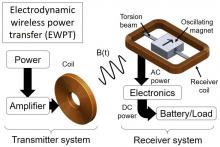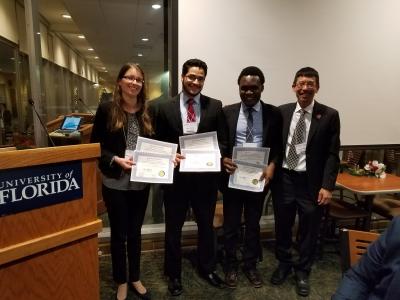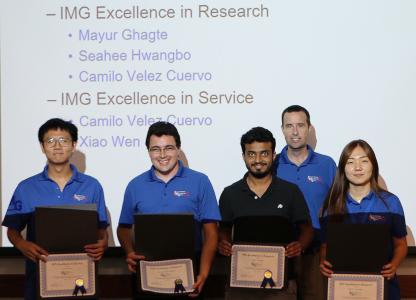IMG Seminar: Dr. Alexandra Garraud and Todd Schumann
Submitted by Renuka Bowrothu on Wed, 01/24/2018 - 3:58pmThis week, the speakers for the IMG Seminar are:
11:55-12:20 pm: Dr. Alexandra Garraud on "Extending the range of wireless power transmission for bio-implants and wearables"
12:20-12:45 pm: Todd Schumann on "Solely calcine controlled ferroelectric/memristor behavior in barium titanate"









